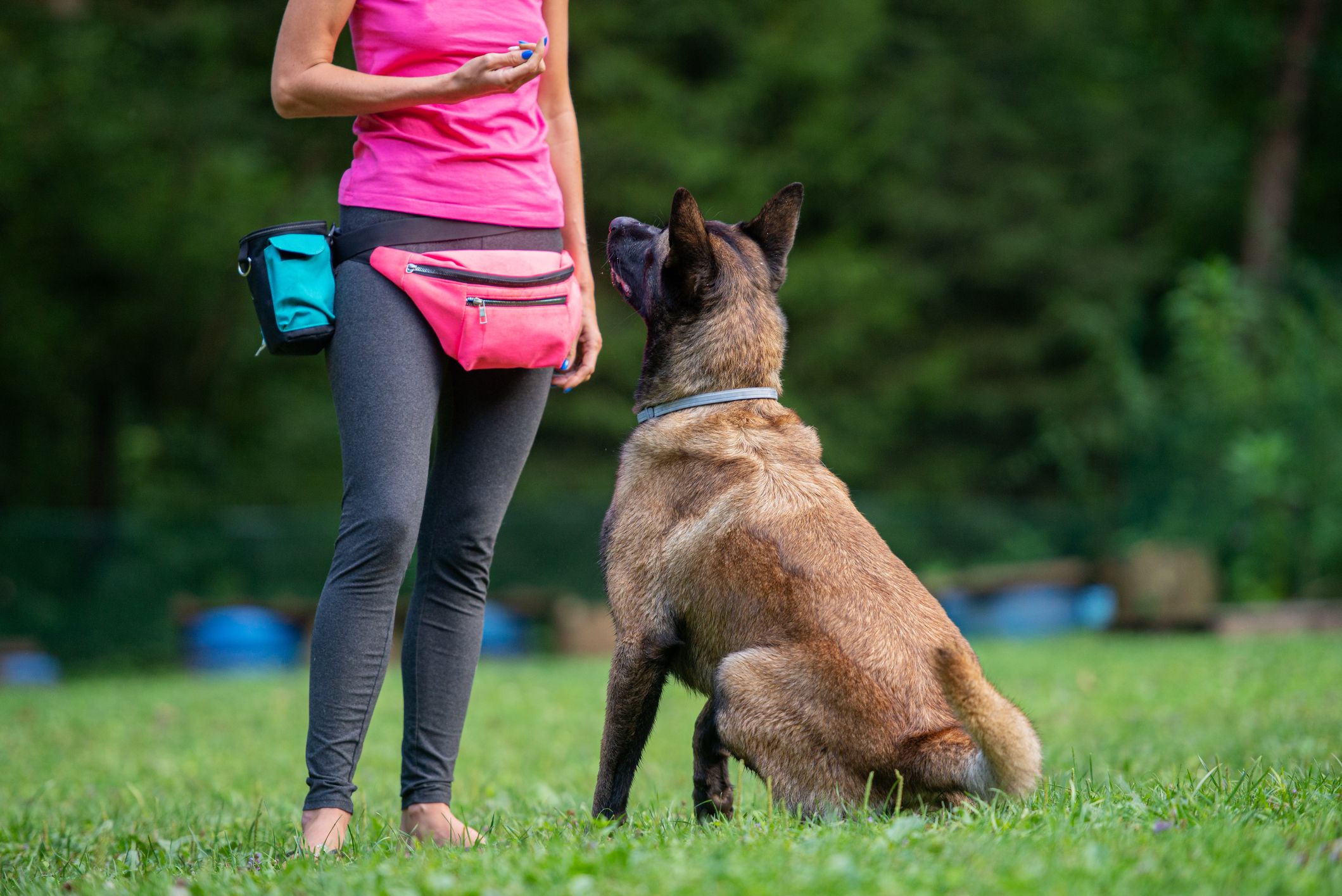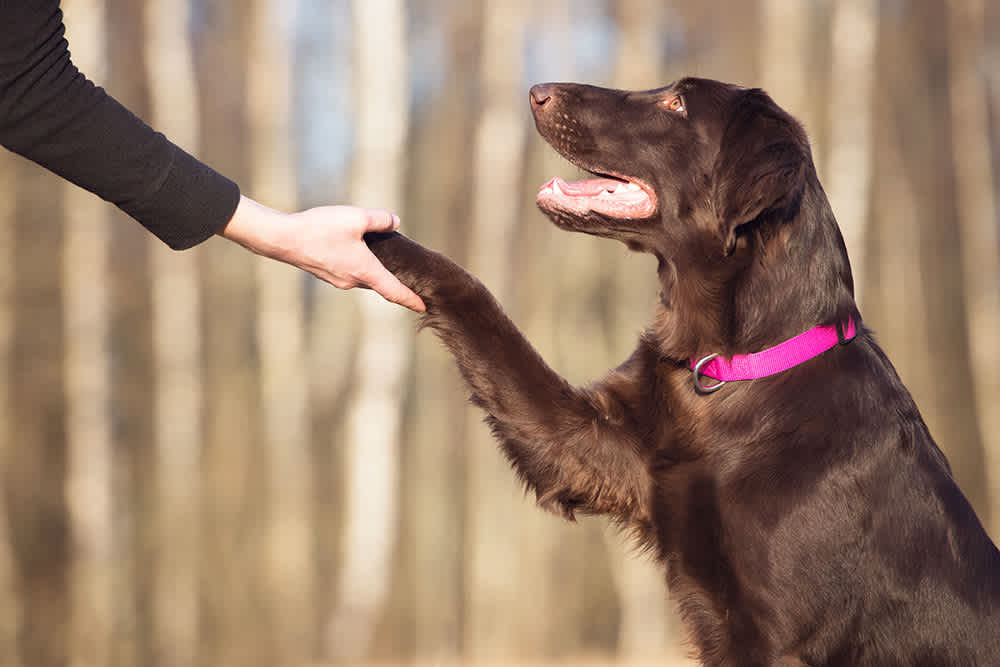The Ultimate Overview to Canine Training: Transform Your Family pet's Habits
Effective canine training is crucial for promoting an unified partnership between family pets and their owners. This overview not only intends to equip you with the required devices to change your canine's actions but additionally invites you to explore how these foundational concepts can lead to a deeper connection with your pet.
Comprehending Canine Habits
Recognizing pet dog behavior is crucial for efficient training and an unified relationship in between canines and their proprietors. A dog's actions is influenced by a combination of genes, environment, and experiences. Dog training. Acknowledging these factors enables proprietors to tailor their training approaches to fulfill the individual requirements of their animals
Pets communicate mainly via body language, vocalizations, and face expressions. For instance, a wagging tail can indicate enjoyment or joy, while a put tail may indicate concern or entry. Observing these signs enables owners to respond properly, strengthening favorable actions and dealing with unfavorable ones properly.
Furthermore, comprehending the social structure of canines can provide understandings right into their actions. Pet dogs are pack animals, and they flourish in a structured setting. Developing consistent regulations and clear limits can stop confusion and promote a feeling of security.
In addition, acknowledging the natural instincts of dogs, such as need to go after or dig, is essential. These reactions can be redirected through proper outlets, such as play or workout. By comprehensively recognizing these behavior aspects, proprietors can cultivate a positive training experience, inevitably resulting in a obedient and well-adjusted canine friend.
Vital Educating Methods
Reliable dog training counts on a variety of crucial methods that can significantly improve the understanding process for both the owner and the pet dog. One basic technique is favorable reinforcement, which involves satisfying preferable behaviors with treats, appreciation, or play. This method motivates pets to repeat the habits that bring about positive results, cultivating a trusting connection in between the pet and owner.
One more secret strategy is consistency in expectations and commands. Making use of the exact same verbal signs and hand signals assists the pet dog recognize what is required, lowering complication and advertising quicker learning. Additionally, establishing clear boundaries and guidelines is vital for effective communication.
Socialization is likewise an essential component of training. Revealing dogs to different environments, individuals, and various other animals assists them establish suitable social skills and reduces anxiety in unfamiliar scenarios.
Last but not least, perseverance and timing are essential. Educating sessions ought to be brief but constant, making sure that the canine remains involved and responsive. By utilizing these crucial methods, owners can create a positive and structured training experience that advertises etiquette and reinforces the bond with their canine buddies.
Creating an Educating Arrange
Just how can a well-structured training timetable improve a canine's learning experience? A training timetable offers uniformity, making certain that pet dogs get regular, focused instruction. This predictability assists canines understand what is anticipated of them, reinforcing their understanding and enabling for much better retention of commands and habits.
When producing a training schedule, it is important to consider the pet dog's age, breed, and private personality. Young young puppies might gain from much shorter, more regular sessions, while grown-up dogs may prosper with longer, less regular training periods. Integrating a selection of activities can likewise keep the sessions engaging, protecting against boredom and promoting interest for learning.
Additionally, scheduling training sessions at certain times of the day can aid solidify a routine. Pairing training with daily walks or playtime can create a positive association with learning. It is also vital to consist of time for support, such as deals with or appreciation, to award preferred actions without delay.
Last but not least, adaptability is vital. While uniformity is essential, being versatile to the pet's state of mind or power degree can improve their discovering experience. A well-crafted training routine eventually lays the foundation for efficient interaction and a more powerful bond in between the pet dog and owner.
Typical Training Challenges
Despite having a well-structured training routine, canine owners usually encounter various challenges during the training process. One common concern is incongruity in signs and commands. When several member of the family make use of various terms or tones, a pet dog may become overwhelmed, impeding its ability to find out successfully.
One more constant difficulty is interruption. Dog training. Pets are naturally interested creatures, and external stimulations such as other animals, sounds, or individuals can divert their attention throughout training sessions. This needs proprietors to develop a controlled environment or slowly introduce interruptions to enhance focus
In addition, varying power levels can affect training end results. High-energy canines might have a hard time to settle down and concentrate, while extra laid-back types might need additional motivation to involve. Tailoring the training technique to fit the individual pet's temperament is essential for success.

Structure a Solid Bond
A solid bond in between a pet and its proprietor is important for successful training and total health. Dog training. This connection fosters trust fund, which is vital for efficient interaction during the training process. When a pet dog feels secure and linked to its owner, it is most likely to respond favorably to commands and hints
To build this bond, consistency is key. Establishing a routine that consists of normal feeding, exercise, and training sessions aids create a feeling of stability. Furthermore, favorable reinforcement strategies, such as treats, praise, and play, enhance desired habits while reinforcing the emotional link.
Socialization is one more vital facet of bond-building. Subjecting your canine to various atmospheres, people, and various other pets helps them really feel a lot more comfortable and certain, boosting the Find Out More bond with their owner. Engaging in tasks with each other, such as walking, playing bring, or taking part in obedience training, advertises teamwork and mutual pleasure.
Verdict

Understanding pet dog behavior is important for reliable training and a harmonious partnership in between canines and their proprietors.Efficient dog training depends on a selection of important strategies that can considerably boost the learning procedure for both the dog and the proprietor.Regardless of having a well-structured training schedule, pet dog Dog training proprietors typically run into various difficulties throughout the training procedure.In conclusion, efficient pet dog training counts on a comprehensive understanding of canine habits, the application of crucial methods, and the facility of an organized training schedule. By emphasizing positive support and uniformity, canine proprietors can substantially enhance their family pets' behavior, inevitably making sure a harmonious connection and advertising the well-being of both the pet dog and its environment.
Comments on “How to Choose the Right Dog Training Program for Your Pup”